Happy New Year everyone! I hope you had a nice Christmas and an enjoyable break.
There is an abundance of tiles around the City, many of them old Victorian examples that are functional rather than attractive. There are also, however, some really impressive examples of the tile makers skill and I have chosen a number for this week’s blog.
I shall start with what I consider to be the most spectacular.
Have you ever visited Waithman Street (EC4V 6JA)? I would be surprised if you have, since it’s really just a pavement running between Black Friars Lane and Pilgrim Street. Here you will encounter the back walls of 100 New Bridge Street and 23 stunning tiled panels containing 18,000 tiles. They were created in 1992 by the artist Rupert Spira – known primarily for his pottery, these are one of his few ventures into tile work and the only one in the UK. Three dimensional, they remind me of the work by M.C. Escher and when taking pictures I got quite carried away – there is no repetition …
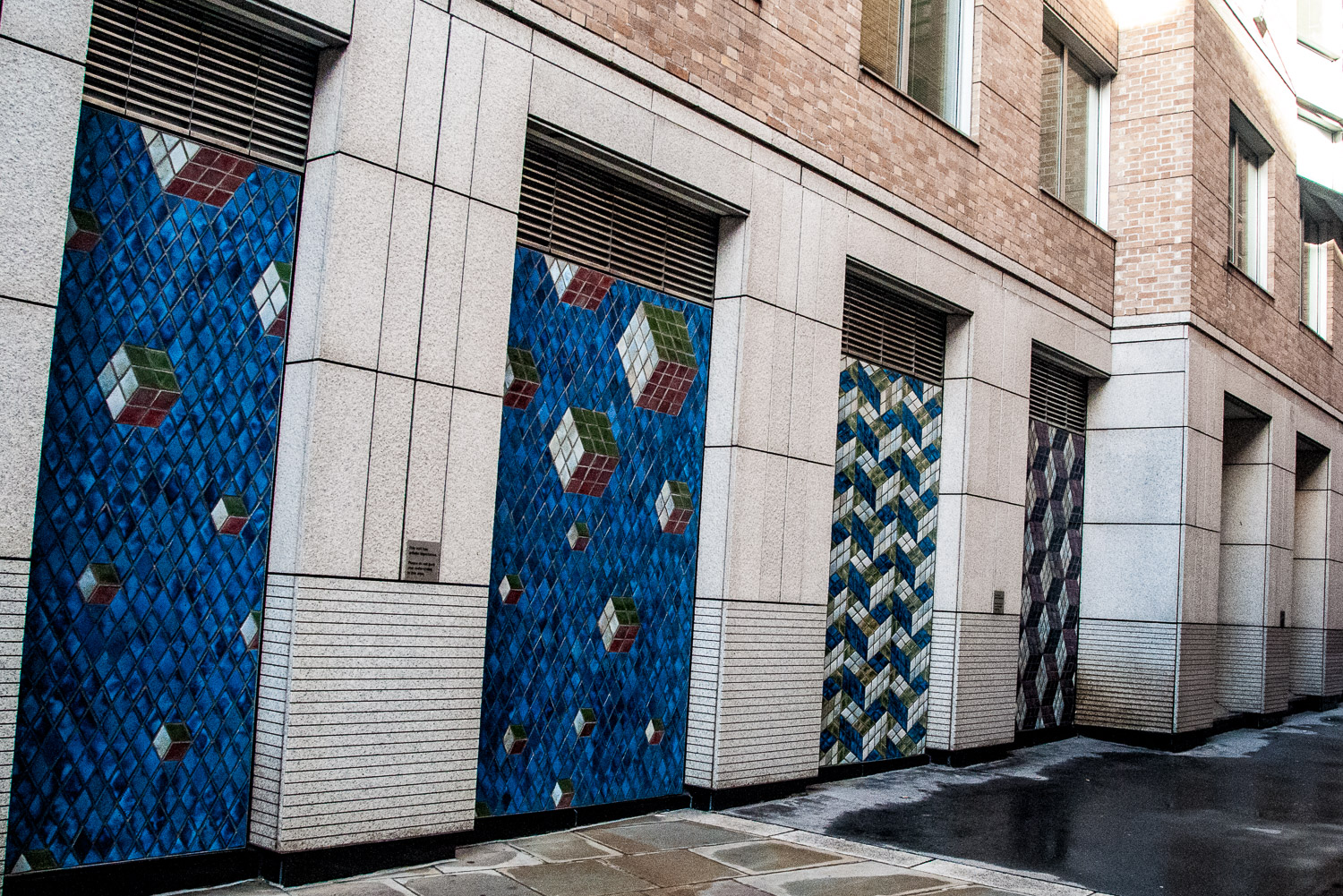
The start of the display.
A few examples …
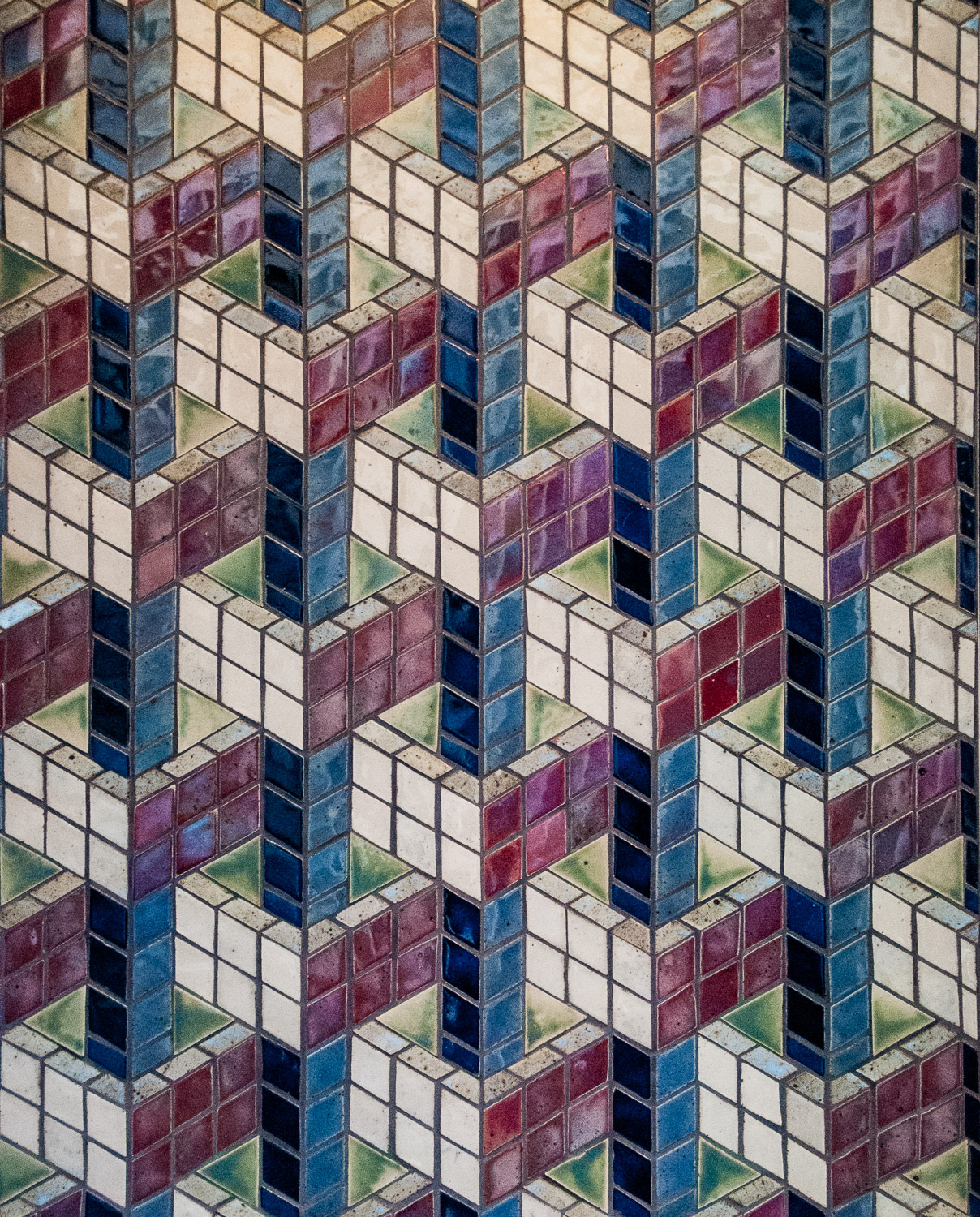
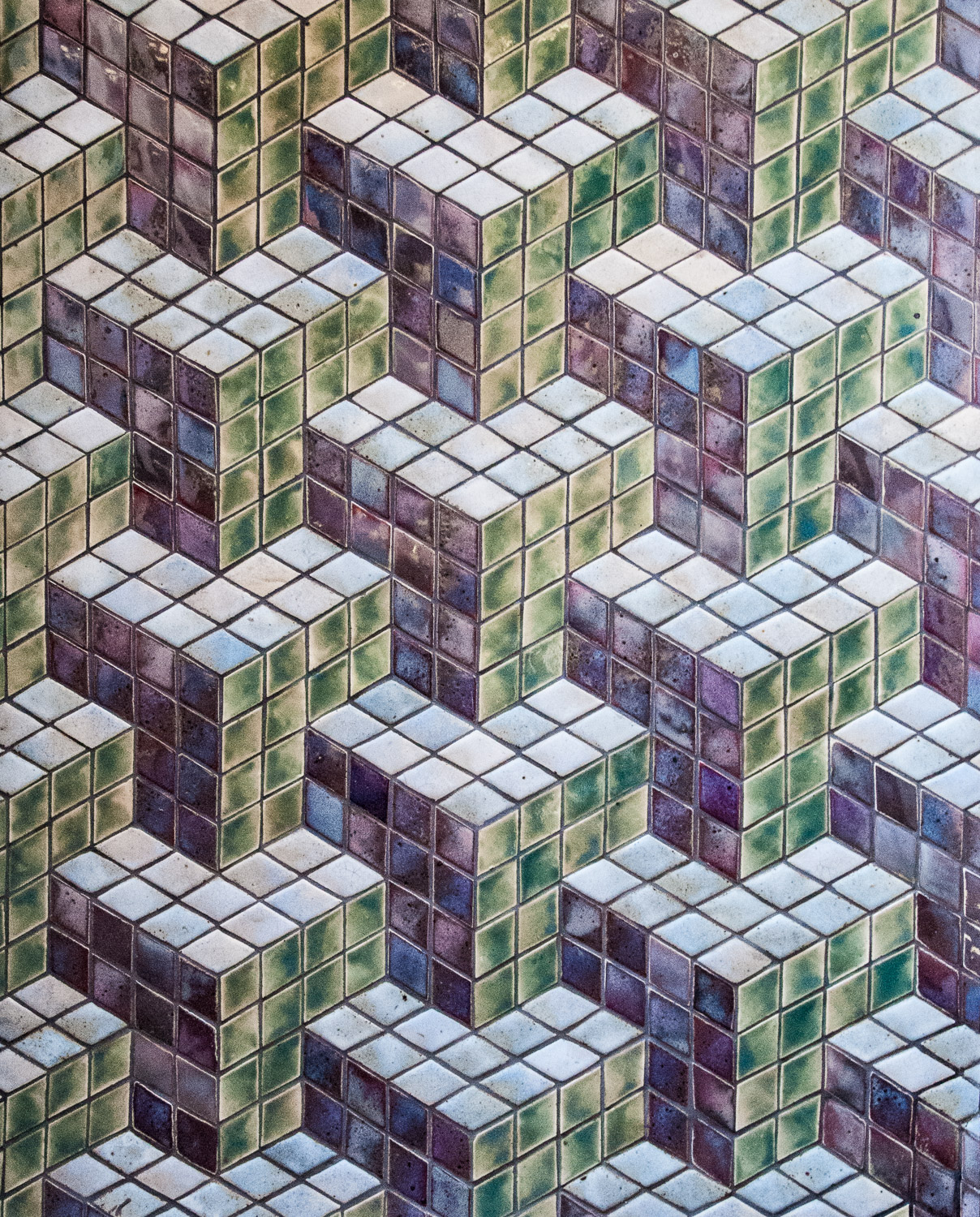
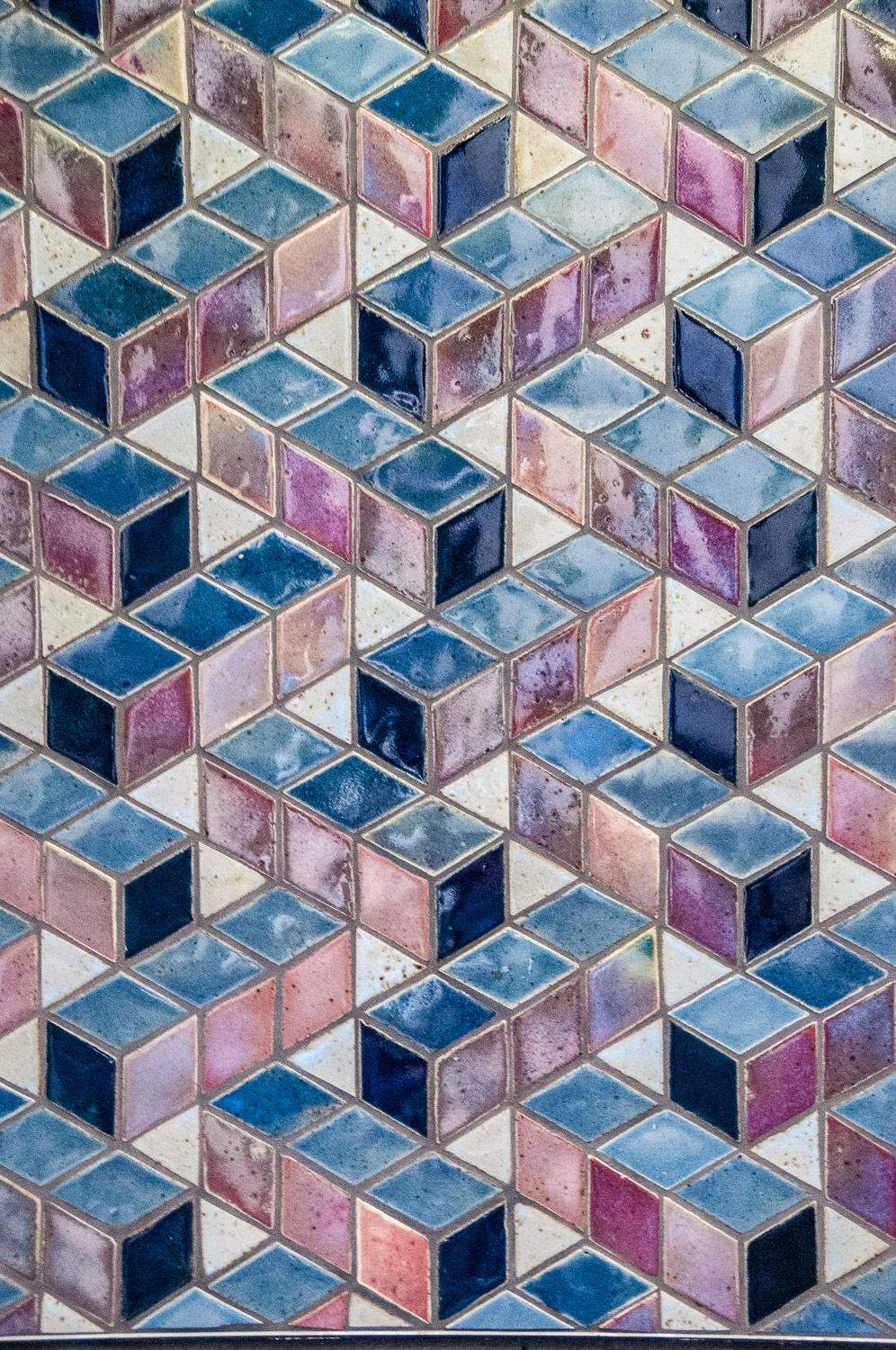
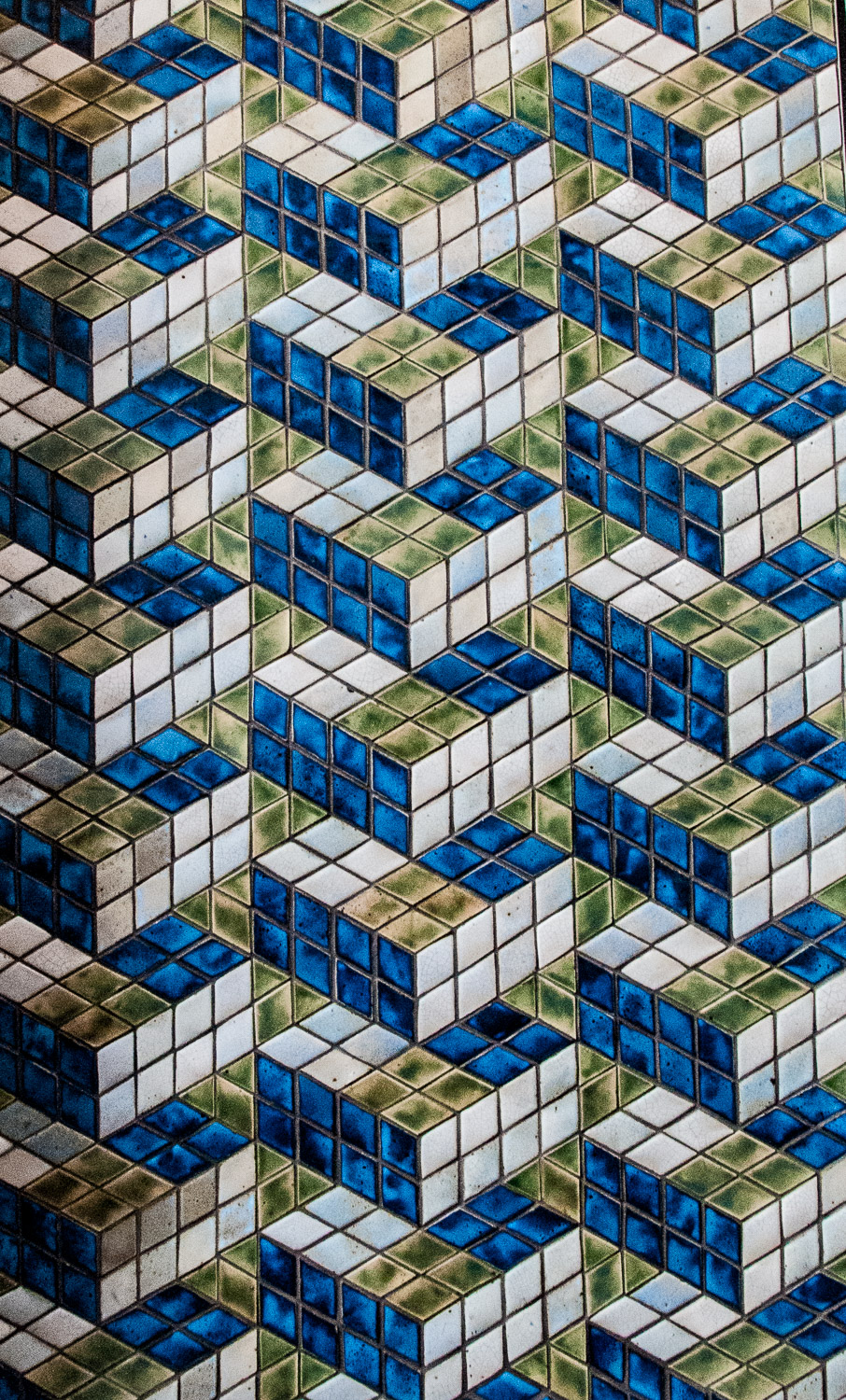
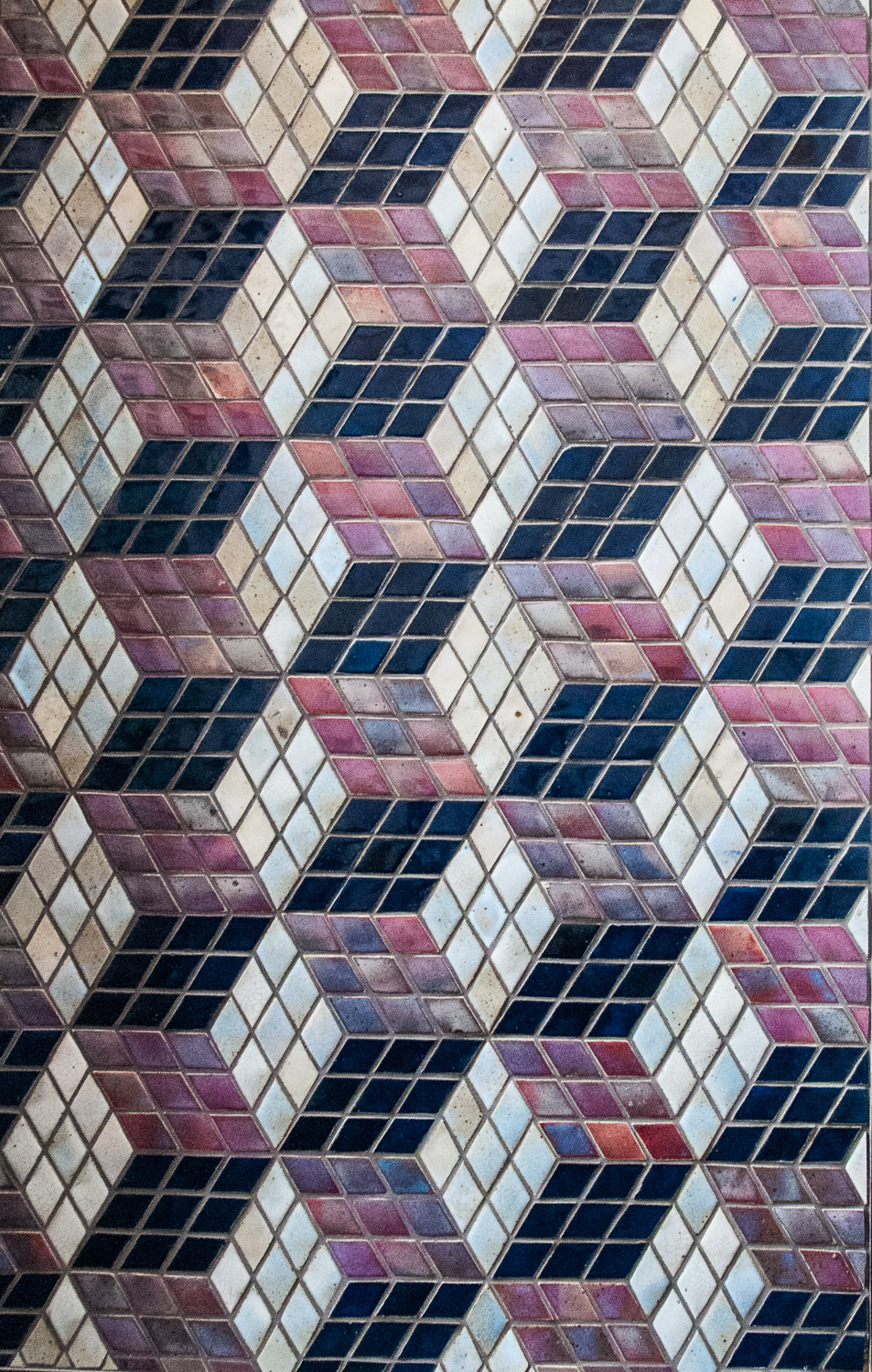
So Waithman Street is well worth a visit. It is named after Robert Waithman, a 19th century MP elected Lord Mayor of London in 1823.
As I strolled towards Fleet Street I noticed this pretty tile above the shop at 8 Salisbury Court (EC4Y 8AA) …
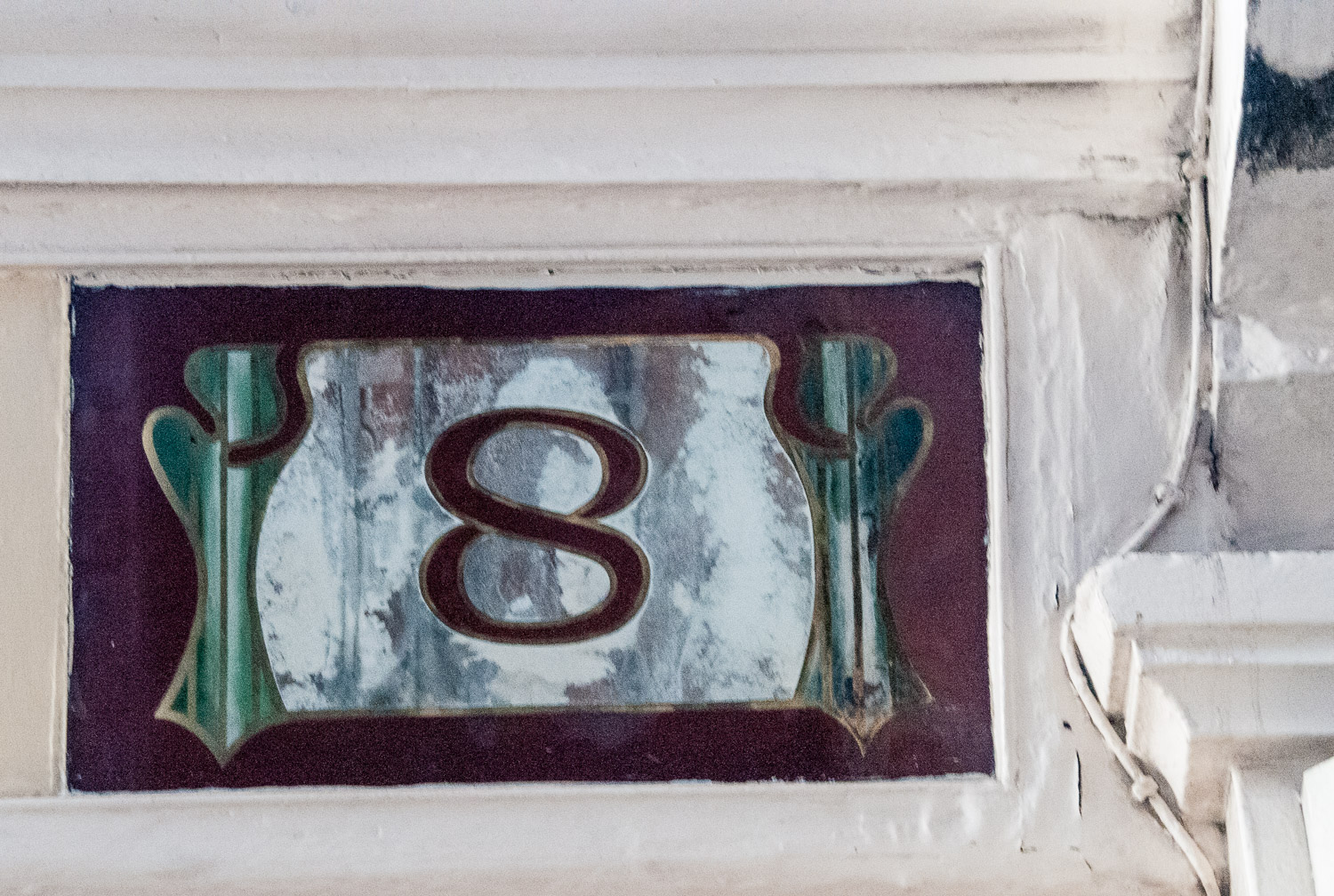
Tucked away in Magpie Alley (EC4Y 8DP) off Bouverie Street is a wall of tiles illustrating the history of the area’s long association with printing and print news. They are quite difficult to photograph but I had a few attempts …
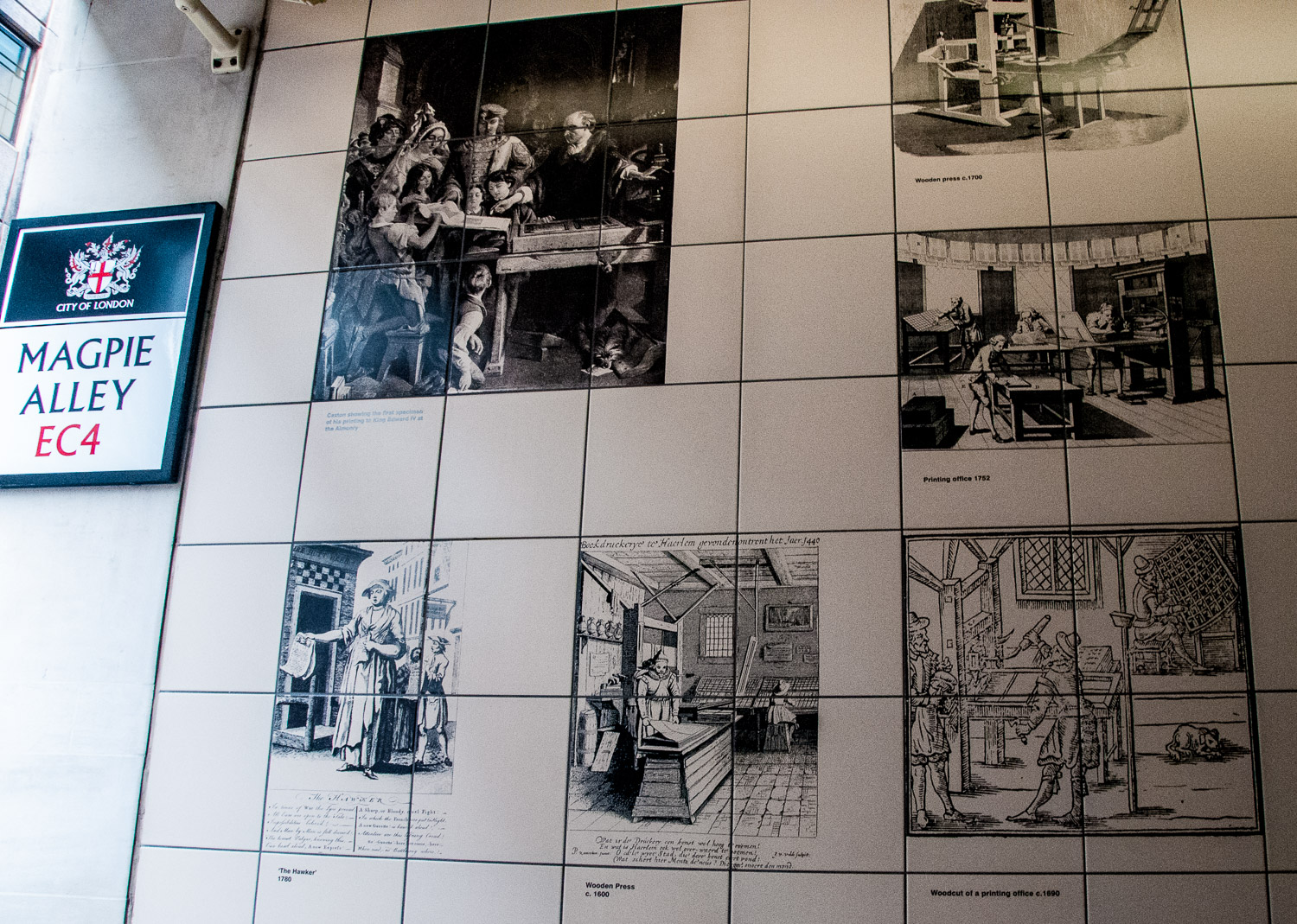
They are beautifully detailed …
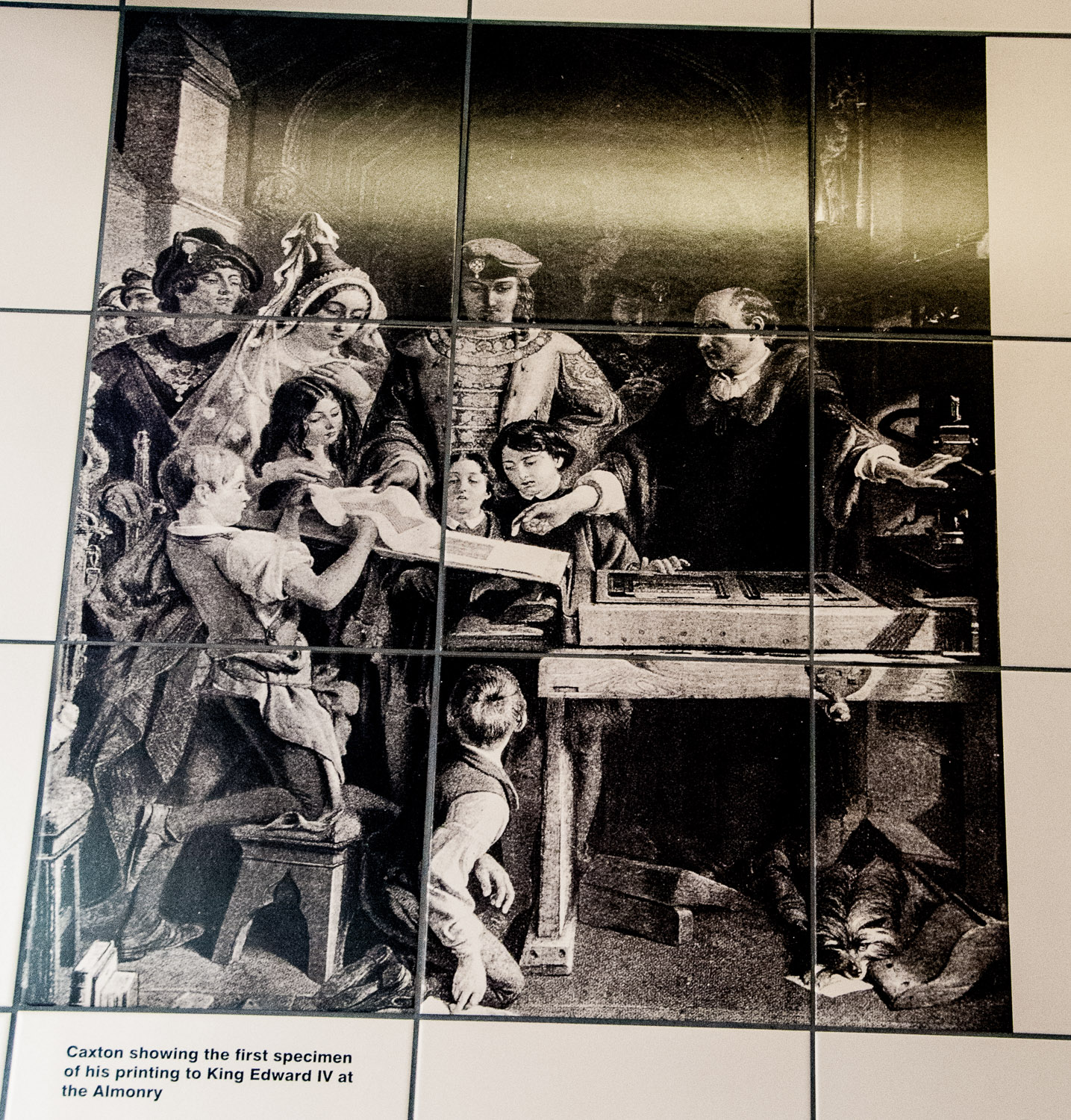
Wynken de Worde – what a great name for the first printer to set up a site on Fleet Street …
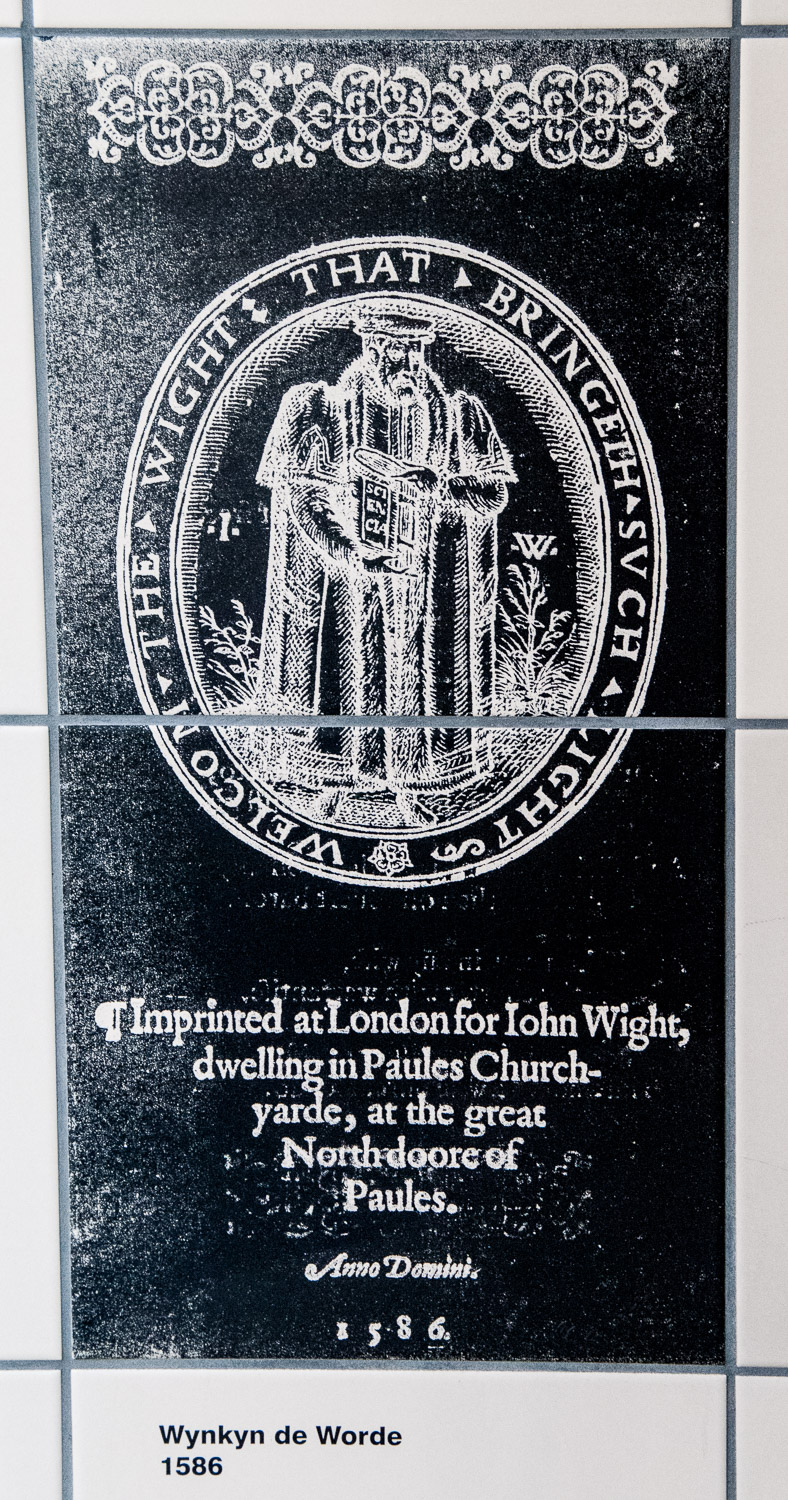
I like the printer’s dog dozing nearby …
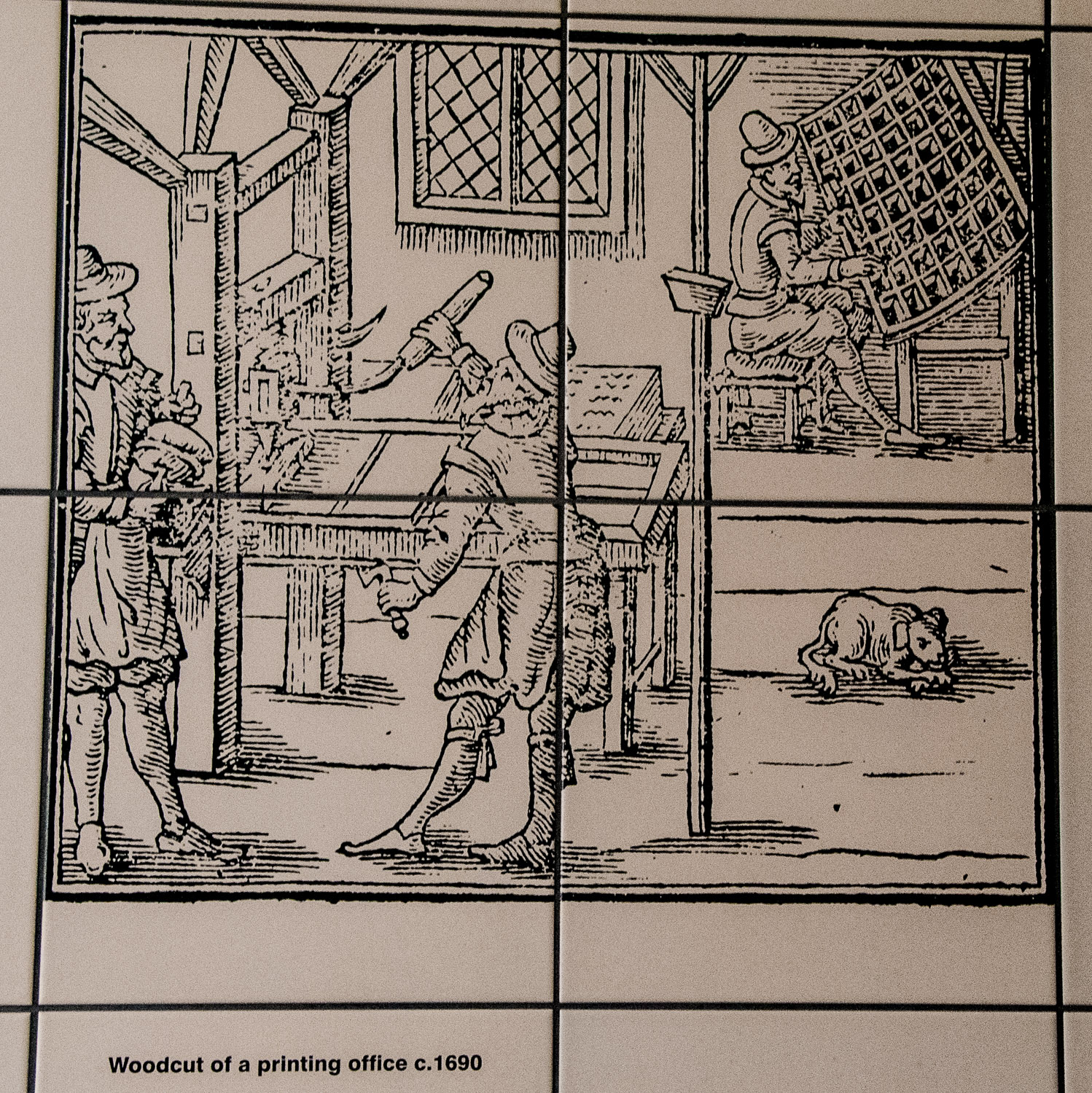
Pictures from the 1960s …
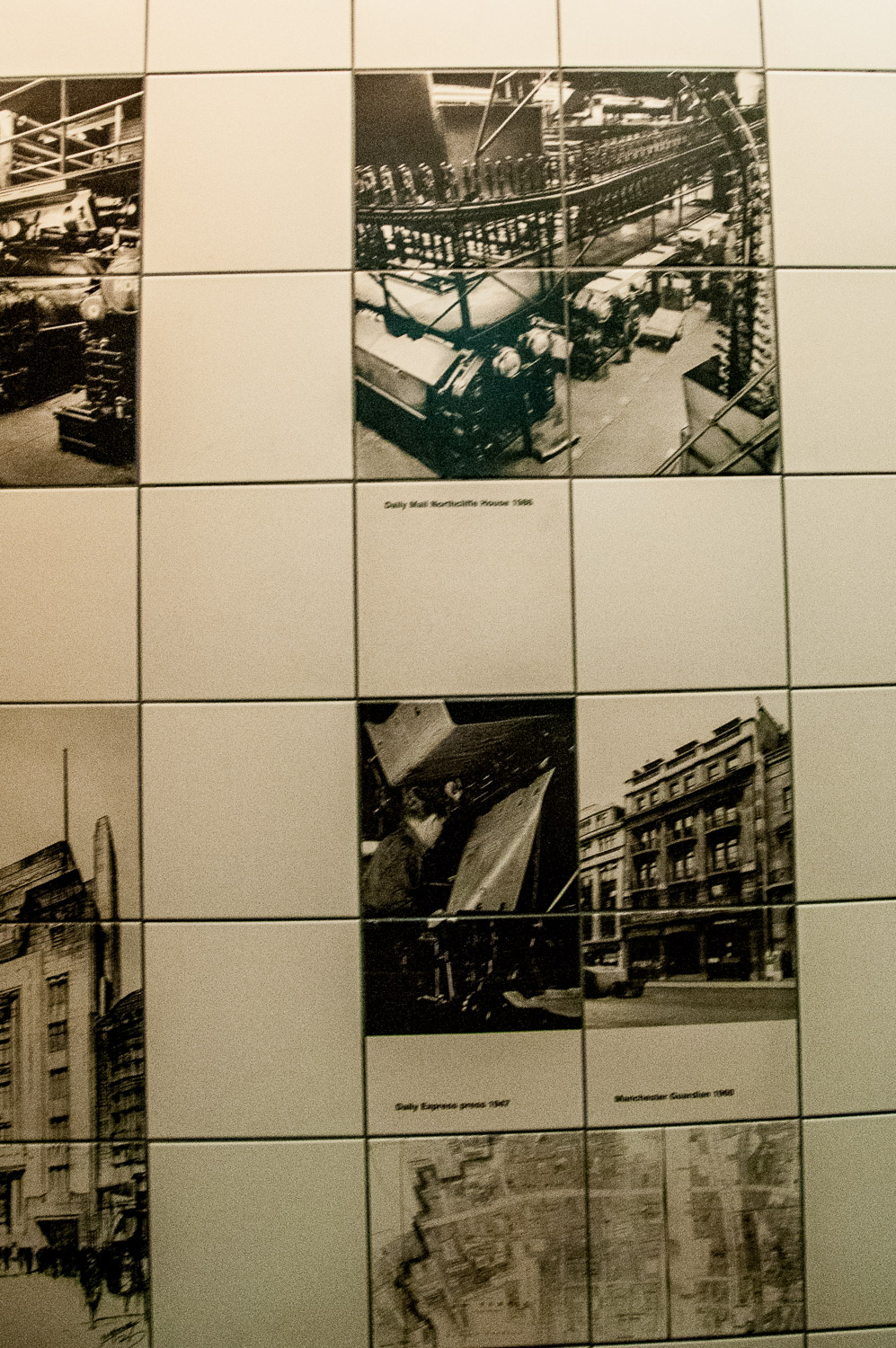
Number 53 Fleet Street boasts some fancy tiling …
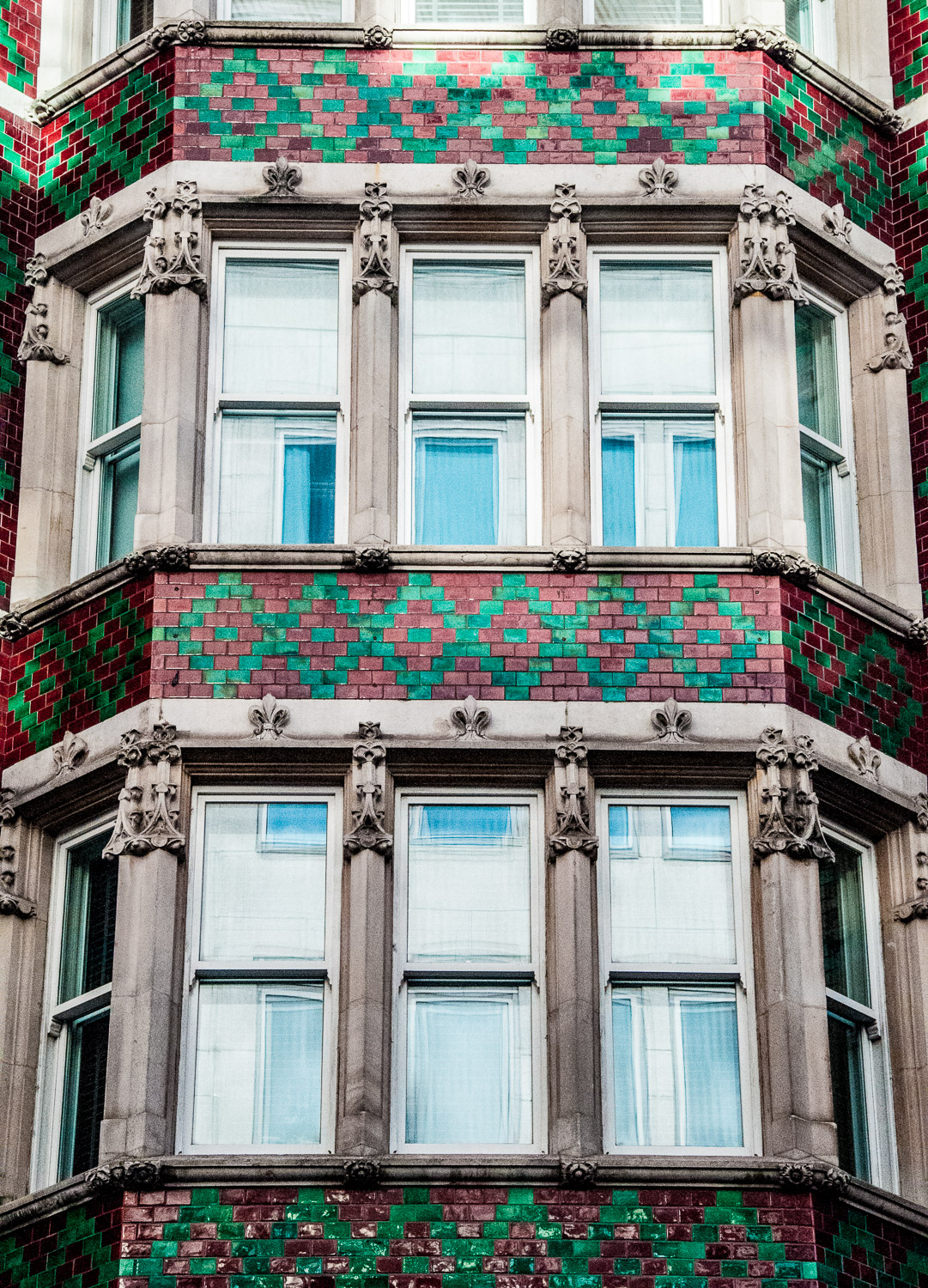
Incidentally, the building has been converted into five apartments priced from £585,000 to £1,550,000. I think there are still a few unsold if you are interested!
On the east side of the City near Liverpool Street Station is this extraordinary building (Bishopsgate Churchyard EC2M 3TJ) which once housed a Turkish bath. The tiles were manufactured in Egypt in the Turkish style and shipped over …
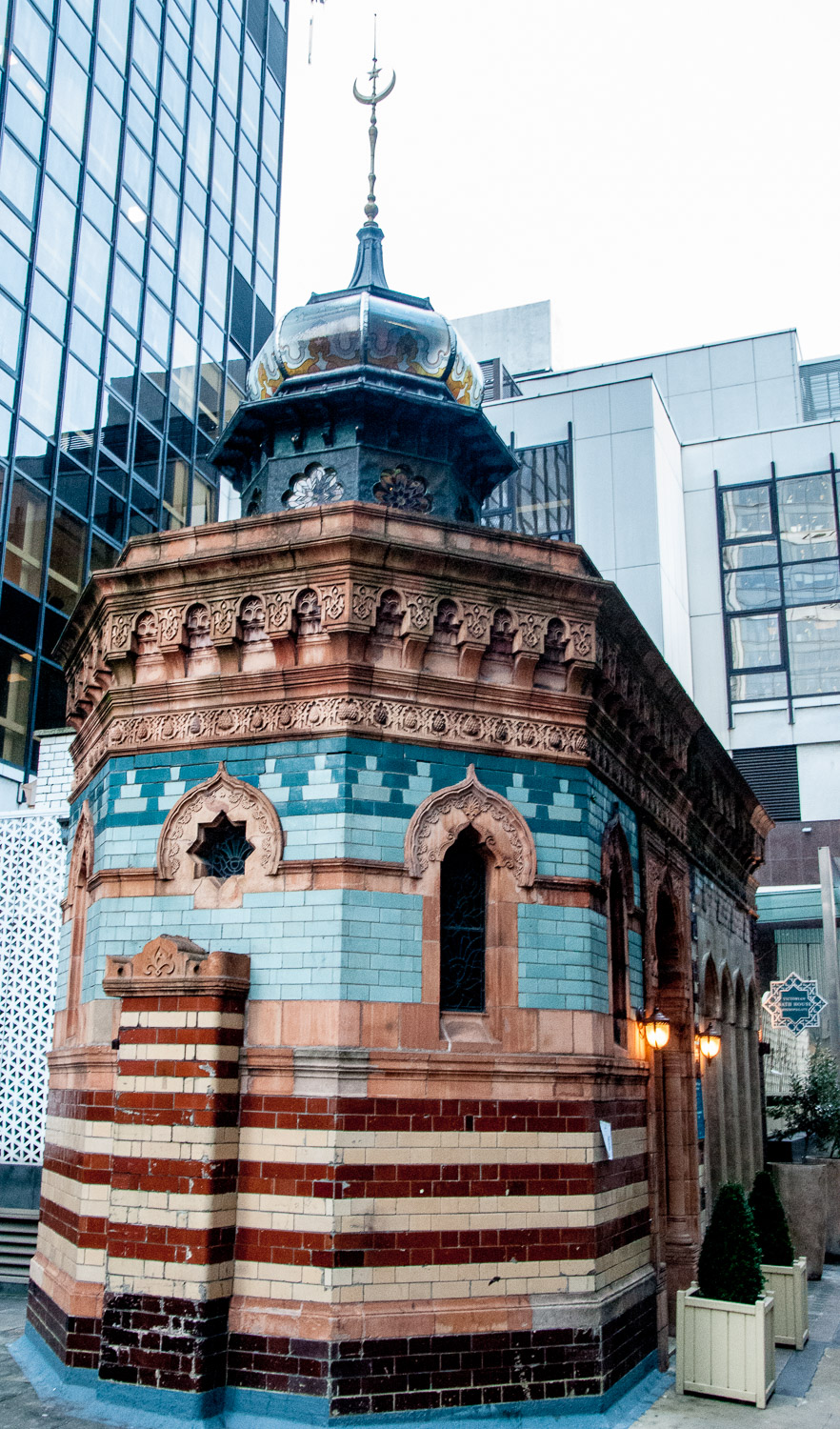
Designed by Harold Elphick, it was built in 1895 by Henry and James Forder Nevill who already owned more of these establishments in London than anyone else. A bit like the Tardis, the premises are in fact much larger than they look and are spread out underground. Customers went down a winding staircase to enter a ‘cooling room’ and then choose between three ‘hot rooms’ of varying temperatures (in the hottest, the calidarium, temperature reached 270 degrees Fahrenheit). They could then move on to a plunge pool and showers. Baths like this gradually went out of fashion and this one ceased operating in 1954. You can still chill out there, but only in the cocktail bar.
I’ve walked through the lightwell at Number 1 Poultry dozens of times but only looked up recently. I was quite surprised to see this …

The three lightwell walls are lined with blue faience cladding topped by startlingly coloured window frames.
I’ve always liked this depiction in tiles of Sir Robert Peel above 178 Bishopsgate (EC2M 4NJ) which used to contain the pub named after him …

It’s based on a painting at the National Portrait Gallery.
And finally, in the courtyard behind Exchange House in Primrose Street (EC2A 2EG), I came across this fantastic tiled waterfall …
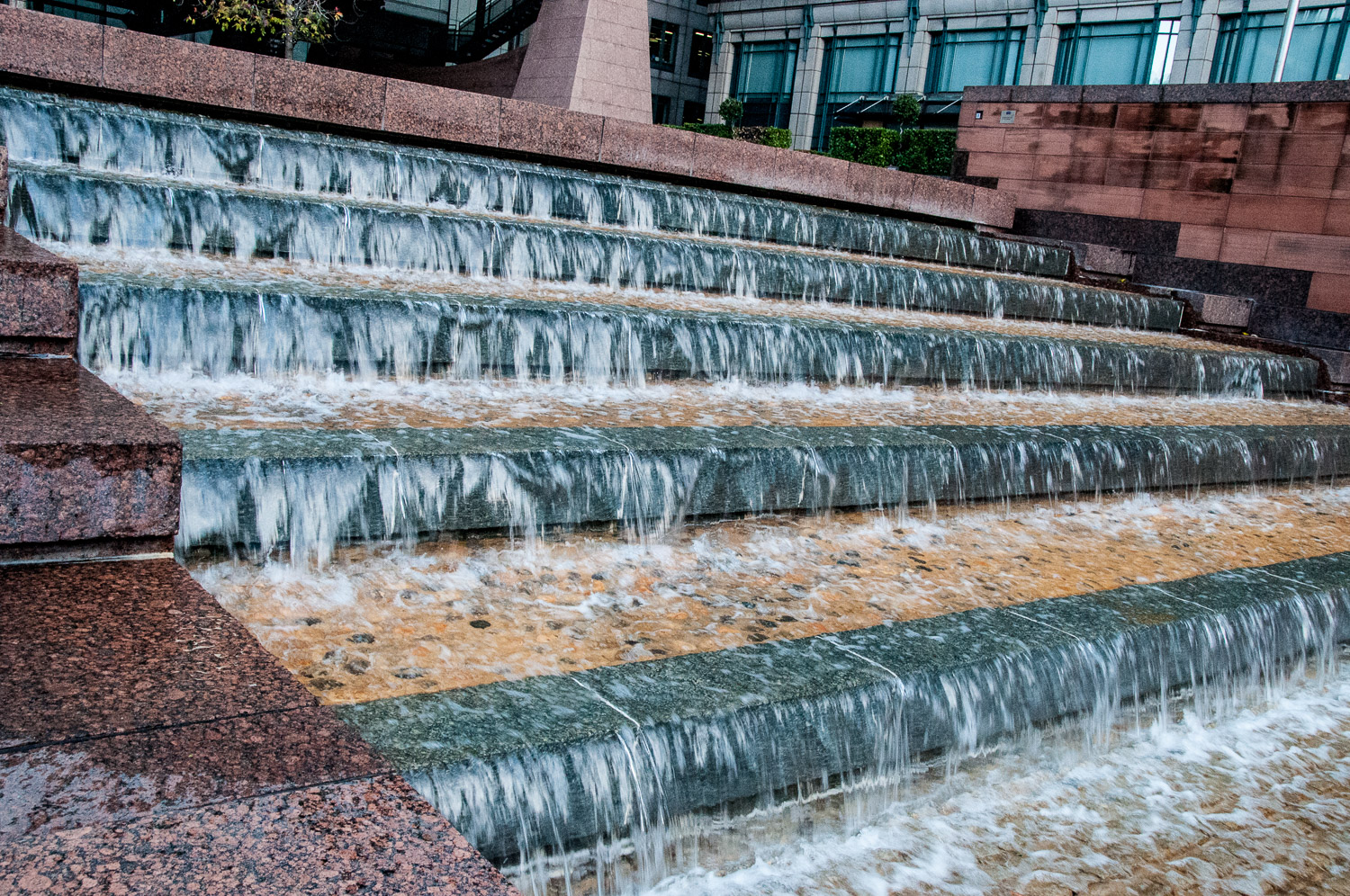
I enjoyed my time on the tiles and will certainly be visiting and photographing other examples in the future.
